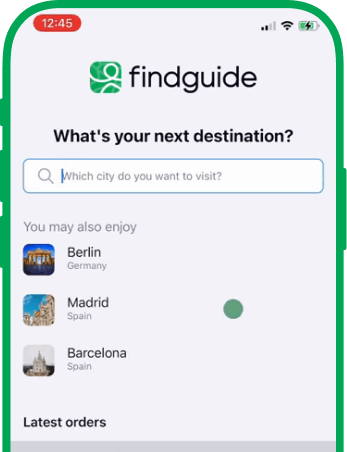
How People Traveled in the 19th Century
- travel
- 19th century travel
- history of transportation
- travel history
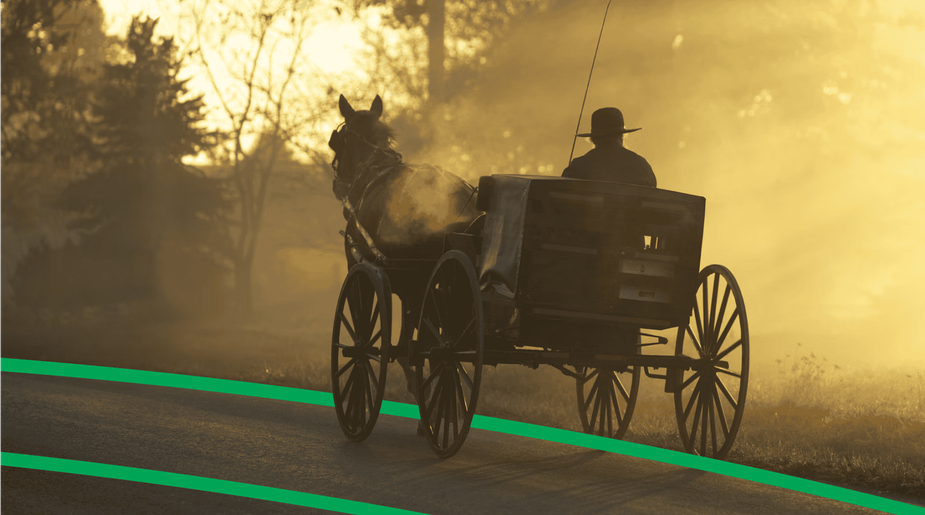
In the 19th century, traveling from one city to another was a major undertaking. Without cars, airplanes, or paved highways, people relied on horse-drawn carriages, steamboats, and early trains. Journeys often required careful planning, with travelers checking maps, planning stops for food and rest, and preparing for delays caused by weather or poor road conditions. Even short trips could take hours, while long-distance travel could take days or weeks.
Horse-Drawn Carriages, Steamboats, and Early Trains

Horse-drawn carriages were the backbone of local and regional travel. Roads were mostly dirt, full of ruts and potholes. After rain, they became muddy and sometimes impassable. Changing horses at inns was a regular part of long journeys.
Steamboats allowed people to travel along rivers and lakes, carrying passengers and goods. Trips could be faster than by carriage, but strong currents, storms, and mechanical failures could create serious delays.
Early trains revolutionized travel. Railways expanded rapidly in England, the United States, and Europe in the early 1800s. Trains were faster and could cover long distances reliably. However, passengers often faced hard seats, crowded compartments, and long hours of travel. Tickets were also expensive, so only the wealthier classes could afford long trips by train. Early trains revolutionized travel. Railways expanded rapidly in England, the United States, and Europe in the early 1800s. Trains were faster and could cover long distances reliably. However, passengers often faced hard seats, crowded compartments.
Adventures and Difficulties of 19th-Century Travel
Travel in the 19th century was not easy. Roads outside cities were uneven, rocky, and muddy after rain. A journey that takes a few hours today could take several days. Travelers often faced challenges like broken wheels, tired horses, flooded roads, and harsh weather. Traveling by steamboat could bring seasickness, while stagecoach passengers had to endure bumpy rides and crowded cabins.
Despite these difficulties, traveling had its own excitement. Travelers saw landscapes and towns they might never have visited otherwise. They met strangers, shared stories, and sometimes encountered unexpected adventures such as storms, lost luggage, or mechanical failures. Every journey required patience and preparation.
Interesting Facts About 19th-Century Travel and Early Railways
The first railways in England and the United States appeared in the early 1800s, marking a major shift in long-distance travel.
Tourism was mostly for wealthy travelers who visited seaside resorts, spas, and famous landmarks.
Even short trips required careful planning, including maps, money, and knowing where to rest along the way.
Roads often had tolls, and inns were spaced every few hours for travelers and horses.
Stagecoach or steamboat journeys could lead to unexpected adventures, from storms and mechanical problems to delays and lost luggage.
How 19th-Century Travel Compares to Modern Journeys

Modern travel is fast, convenient, and predictable. Trips that took days in the 19th century can now be completed in hours. Airplanes, cars, and trains allow us to travel farther and more comfortably than ever before.
However, 19th-century travel offered a unique sense of adventure and discovery. Each journey was a combination of planning, endurance, and experiences that created stories to remember. Roads, rivers, and rails shaped not only the journey itself but also how people viewed the world around them.
Travel Like a Local with FindGuide

While 19th-century travelers had to plan every detail of their journey, today you can explore the world with far less stress and more comfort. FindGuide is an app that connects travelers with local guides in any city. Whether you want to discover historical sites, experience local culture, or navigate unfamiliar streets, a private guide can take care of the logistics and help you make the most of your trip.
If you need a car to reach distant locations or want a tailor-made experience, FindGuide allows you to find guides who can provide transportation, help to plan your route, and ensure a smooth journey. Traveling with a knowledgeable local saves time, avoids complications, and adds depth to every adventure.
Download FindGuide and explore any part of the world with the insight of a local by your side.
Top reads

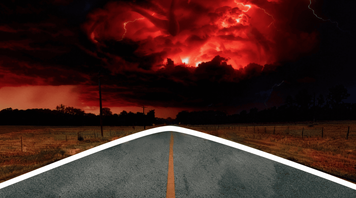
Stranger Things: Top 5 Filming Locations & Fun Facts About Them

Your Guide to Zootopia Real-World Locations
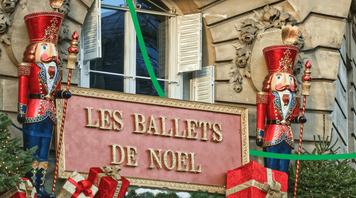
7 Best Things to Do in Paris During Christmas Week & New Year
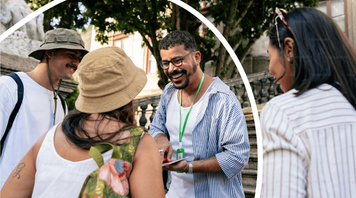
How to Find the Best Private Tour Guide in Any City






